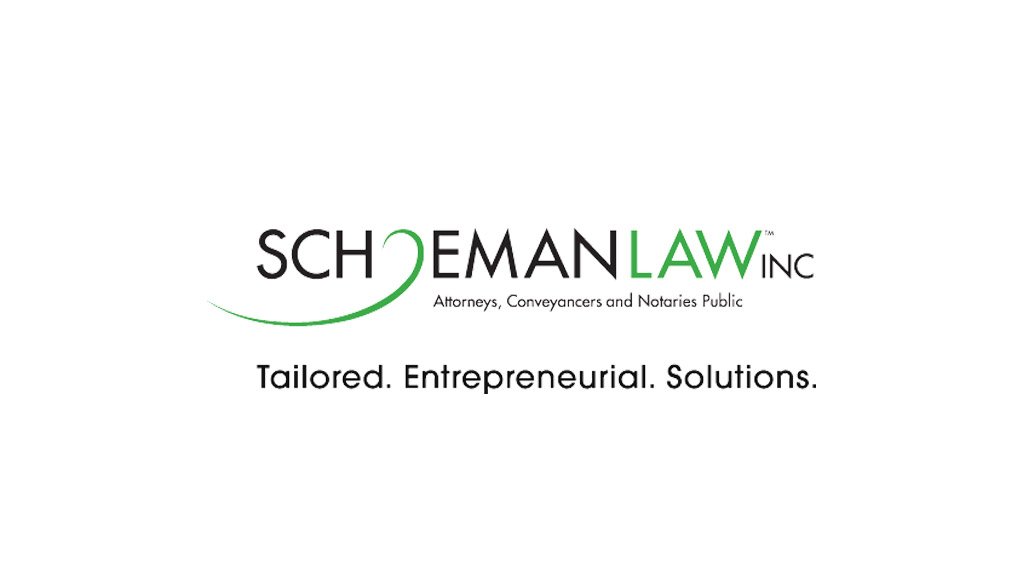In a business environment where agility is essential and lean operations are valued, clever collaborations are a powerful way to scale without increasing your overhead costs. Whether you are entering new markets, broadening your reach, or expanding your product range, working with others—through strategically structured agreements—can help you grow without the usual expenses of doing it alone or having the responsibility to manage and oversee the work directly.
I am not suggesting that there is no monitoring and oversight of the execution of these agreements, but I am challenging businesses to leverage their networks more effectively.
Here are Some Practical Examples
Joint Venture (JV) Agreements
A Joint Venture (JV) allows two or more parties to pool resources for a specific project or business goal. This works very well in instances where either or both parties need to expand their resourcing and ability to deliver the project, or in cases to unlock a new market segment together. The alternatives are usually quite costly and much more time-consuming. Each party contributes assets—whether capital, expertise, market access, or Intellectual Property (IP)—and shares in the profits, losses, and risks.
Why JVs make sense:
• You share the cost and risk of entering new markets or executing larger projects.
• Each party brings unique value, reducing the need to hire or build from scratch.
• You maintain separate legal identities, so you are not marrying your entire business—just collaborating for a defined purpose.
Some points to ponder: the values between JV partners must align. Not just the resourcing, commercials and technical capabilities. For that reason, having an attorney assist in constructing the agreement is valuable.
Reseller and Referral Agreements
With a reseller model, you allow another party to buy your goods or services and resell them—often under their brand. It can also be an agreement where businesses or clients are referred to you in exchange for a payment on a successful transaction.
Why reseller models work:
• You tap into new customer bases without needing your own sales team.
• You generate revenue without increasing internal resources.
An important consideration is to assess how the reselling will happen carefully – it is vital to complement your brand in its execution, especially when it comes to products like software. Referrals should be paid on successful conversion of the business. An attorney should guide you on any risks and draft the agreement to minimise the risk.
Distribution Agreements
Distribution agreements allow third parties to distribute your products—often with geographic or channel-specific exclusivity. Unlike resellers, distributors typically operate under your brand, and may carry a broader range of your products.
Why use distributors:
• Fast access to new markets through someone who already has the local infrastructure.
• Lower upfront costs compared to opening your branch or hiring a dedicated team.
• You stay focused on product development while your distributor handles logistics and customer relationships.
Distribution, depending on the extent of the distributor’s direct involvement in the logistics or storage of the products and risk of loss in the process, does carry risk and should therefore be constructed with an attorney’s assistance.
Agency Agreements
An agent promotes and sells your products or services on your behalf, often earning a commission. You retain control over pricing and contractual terms with the end customer.
Why agents are a smart move:
• You gain experienced salespeople without the fixed cost of hiring.
• They often already have industry networks or customer relationships.
• You only pay when they deliver results.
Agents are given the power to make promises on the business’s behalf; it should therefore be carefully considered which representations may be made and to supply accurate prescribed information.
Conclusion
Strategic collaborations allow businesses to scale operations, reach new customers, and drive growth—without hiring more staff, investing in infrastructure, or increasing fixed costs. But like any relationship, clarity is key. Each of these models relies on well-drafted agreements to align expectations, manage risks, and protect your business.
Written by Nicolene Schoeman-Louw; Commercial Law, Technology Law and Contract Legal Specialist, SchoemanLaw Inc
EMAIL THIS ARTICLE SAVE THIS ARTICLE ARTICLE ENQUIRY FEEDBACK
To subscribe email subscriptions@creamermedia.co.za or click here
To advertise email advertising@creamermedia.co.za or click here











